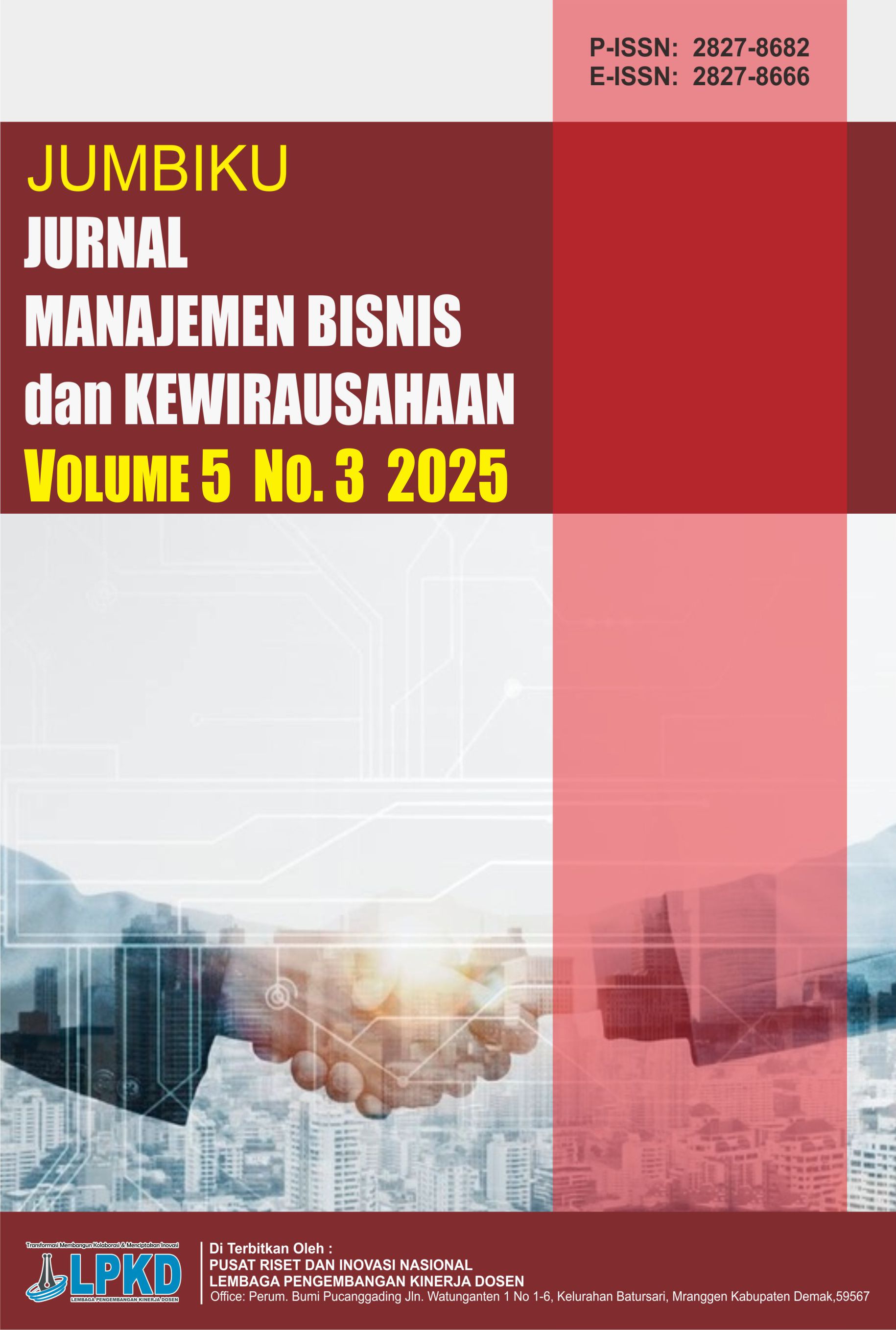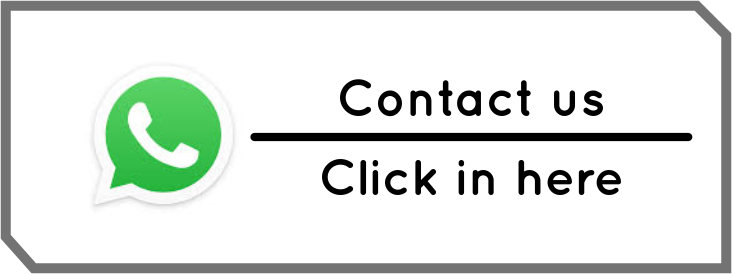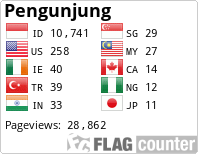Konten Visual dan E-WOM Instagram terhadap Keputusan Pemilihan Puri sebagai Destinasi Prewedding
DOI:
https://doi.org/10.55606/jumbiku.v5i3.6045Keywords:
E-WOM, Instagram, Prewedding Destination, Tourist Decision, Visual ContentAbstract
The development of digital technology has significantly transformed the tourism industry, including the emergence of the prewedding tourism trend. This study aims to analyze the impact of visual content and Electronic Word of Mouth (E-WOM) on Instagram on tourists' decisions in choosing Puri as a prewedding destination. Using a quantitative approach with Structural Equation Modeling (SEM) analysis, the study involved 100 respondents selected purposively. The focus of this study was on four Puris with strong Instagram presence, namely Puri Rangki, Puri Saren Kawan Tabanan, Puri Lanang Sibang Kaja, and Puri Tresna Villas. The results show that both visual content and E-WOM have a significant impact on the visit decision, with visual content having a more dominant effect. These findings indicate that attractive visual marketing strategies and effective use of E-WOM are key factors in influencing potential visitors' decisions regarding prewedding tourism destinations. This study contributes to the development of tourism marketing strategies, especially in utilizing Instagram as an effective promotional tool to attract tourists' attention.
Downloads
References
Abidah, N., Rahmawati, T., & Pratiwi, R. (2024). Pengaruh electronic word of mouth terhadap minat dan keputusan masyarakat untuk travelling di Yogyakarta. GREAT: Journal of Business Management, 14(2), 55–65. https://doi.org/10.62108/great.v1i2.737
Aditya, I. G. N. A., & Dewi, I. G. A. M. (2023). Preferensi wisatawan terhadap arsitektur tradisional Bali dalam fotografi prewedding. Jurnal Arsitektur dan Pariwisata, 5(1), 45–56.
Arifin, E., Sudana, I. P., & Sagita, P. A. W. (2022). Pengaruh promosi Instagram terhadap keputusan berkunjung wisatawan milenial domestik ke Curug Ciherang Bogor. Jurnal IPTA, 10(1), 22. https://doi.org/10.24843/IPTA.2022.v10.i01.p03
Asri, D., & Nurfadilah, S. (2025). Komunikasi visual dan branding destinasi: Analisis konten media sosial pariwisata. Mitzal: Jurnal Kajian Komunikasi dan Media, 7(1), 22–34.
Astuti, R. (2023). Metodologi penelitian SEM-PLS untuk ilmu sosial. Deepublish. https://doi.org/10.31219/osf.io/waq59
Boro, K., Goswami, C., Kumar, N., Sharma, S., & Das, S. (2024). Tourist decision to visit a destination through eWOM information: An UTAUT approach study in Indian context. Journal of Tourism, Hospitality & Culinary Arts, 16(3), 155–176.
Chopra, I. P., Lim, W. M., & Jain, T. (2022). Electronic word-of-mouth on social networking sites: What inspires travelers to engage in opinion seeking, opinion passing, and opinion giving? Tourism Recreation Research. https://doi.org/10.1080/02508281.2022.2088007
Chorna, N., Korzh, N., Kiziun, S., & Onyshchuk, N. (2024). The role of digital technologies in the transformation of the tourism business: Prospects for development and impact on the country’s economy. AD ALTA: Journal of Interdisciplinary Research, 14(1), 136–140. https://doi.org/10.33543/140139136140
Dinata, P., Yori Cigra, Pramana, I. M. B., & Mudana, I. W. (2024). Outdoor fotografi prewedding Bali pada Maxhelar Photography. Retina Jurnal Fotografi, 4(2), 287–295. https://doi.org/10.59997/rjf.v4i2.3523
Doahir, A., Salam, M. F., & Rijal, S. (2024). Pengaruh konten visual, komunikasi, dan kolaborasi media sosial Instagram terhadap peningkatan minat berkunjung pada mal di Kota Makassar. Jurnal Ekonomi dan Bisnis, 7(2). https://doi.org/10.46576/bn.v7i2.5277
Dwirachmajuita, R. (2024). Pengaruh latar belakang pekerjaan terhadap preferensi wisatawan. Jurnal Ekonomi dan Bisnis.
Firmansyah, A. W. (2020). Pengaruh komunikasi electronic word of mouth terhadap minat berkunjung ke wisata Dusun Bambu (Skripsi, Universitas Pendidikan Indonesia). https://doi.org/10.17509/ghm.v4i1.37736
Gani, A., & Kusumalestari, D. (2014). Fotografi dan estetika visual. Prenadamedia Group.
Ghozali, I., & Latan, H. (2015). Partial least squares: Konsep, teknik dan aplikasi SmartPLS 2.0 M3 untuk penelitian empiris. Badan Penerbit Universitas Diponegoro.
GNFI, & Populix. (2024). Survei tren wisatawan muda di Indonesia. GNFI.
Guo, X., Chen, Y., & Li, Z. (2025). The impact mechanism of tourism short video content on behavioral intention: Focus on authentic content. Humanities & Social Sciences Communications, 12(1), 233–248. https://doi.org/10.1057/s41599-025-04801-3
Haidar, A., & Martadi, M. (2021). Desain visual dan komunikasi digital. Unesa University Press.
Halim, R. E., et al. (2020). Strategi pemasaran digital dan E-WOM. Salemba Empat.
Hennig-Thurau, T., Gwinner, K. P., Walsh, G., & Gremler, D. D. (2004). Electronic word-of-mouth via consumer-opinion platforms: What motivates consumers to articulate themselves on the Internet? Journal of Interactive Marketing, 18(1), 38–52. https://doi.org/10.1002/dir.10073
Hermawan, D., & Putri, A. (2023). Optimalisasi electronic word of mouth sebagai media promosi destinasi wisata di Indonesia. Al-Qalam: Jurnal Komunikasi dan Penyiaran Islam, 9(1), 77–88. https://doi.org/10.35931/aq.v17i1.1809
Hidayati, N. (2023). Konten visual sebagai strategi komunikasi pemasaran digital. Jurnal Komunikasi Digital, 5(1), 45–56.
Ismail, H. (2020). Brand identity and logo design in digital marketing. Prenada Media.
Ismail, M. (2020). Desain logo dan branding visual. Informatika. https://doi.org/10.26858/tanra.v6i3.13014
Jurnal Kepariwisataan Indonesia. (2024). Analisis preferensi wisatawan muda terhadap destinasi wisata di Indonesia. Jurnal Kepariwisataan Indonesia.
Kaewnaknaew, C. (2025). Electronic word of mouth (E-WOM) affecting tourism destination choice. Advance Knowledge for Executives, 8(2), 145–160.
Kotler, P., & Armstrong, G. (2018). Principles of marketing (17th ed.). Pearson Education.
Kotler, P., & Keller, K. L. (2016). Marketing management (15th ed.). Pearson Education.
Kumar, V., & Lim, W. M. (2022). Social media use and travel inspiration among millennials and Gen Z. Journal of Travel Research.
Kurniasari, A., & Dewi, R. (2024). Generasi Z dan tren pariwisata di Indonesia. Jurnal Pariwisata.
Marrison, J. (2007). Typography and visual communication. Thames & Hudson. https://doi.org/10.1080/15551390701730281
Martins, W. S. (2025). Exploring the influence of social media on tourist decision. Tourism and Hospitality, 6(1), 45–58. https://doi.org/10.3390/tourhosp6010045
Moleong, L. J. (2017). Metodologi penelitian kualitatif (Edisi Revisi). Remaja Rosdakarya.
Naura, A. (2021). Desain komunikasi visual dalam media sosial. Prenada Media.
Ngo, T. T. A., et al. (2024). Electronic word-of-mouth (eWOM) on social networking: The role of information credibility and other factors. Heliyon. https://doi.org/10.1016/j.heliyon.2024.e32168
Nguyen, T. H., Do, H. N., & Le, T. T. (2023). Young travelers as co-creators of cultural tourism experiences through social media. Tourism Management Perspectives, 45, 101076.
Paramita, N. P. A., & Nugroho, A. (2025). Dampak electronic word of mouth terhadap keputusan kunjungan wisatawan domestik. Jurnal Inovasi Digital dan Pariwisata, 3(2), 101–113.
Srivastava, M., Abhishek, S., & Pandey, N. (2023). Electronic word-of-mouth (eWOM) and customer brand engagement (CBE): Do they really go hand-in-hand? Electronic Commerce Research. https://doi.org/10.1007/s10660-023-09743-z
Supartini, N. L., Wirawan, P. E., Nirmala, B. P. W., & Widhiarini, N. M. A. N. (2024). Developing Bali tourism through puri: A special interest tourism destination. Journal of Computational Analysis and Applications, 33(2), 640–648.
Syahreza, M., & Wibisono, A. (2021). Instagram visual content and its effect on visit decision. Jurnal Komunikasi dan Media Sosial, 9(2), 112–124.
Wibowo, A., Lestari, I., & Pramana, Y. (2025). Instagrammable tourism: Analisis dampak visualisasi destinasi terhadap persepsi wisatawan. Toba Journal of Tourism Studies, 5(1), 11–22.
Widagdyo, G. (2017). Faktor budaya, personal, dan psikologis dalam keputusan berkunjung wisatawan. Jurnal Kepariwisataan Indonesia, 12(2), 88–96.
Widhiarini, N. M. A. N., Oktavian, P. E., & Permanita, N. P. F. D. (2019). Arsitektur tradisional Bali pada bangunan puri sebagai daya tarik wisata minat khusus dalam mendukung pengembangan pariwisata berkelanjutan di Bali. Pusaka: Journal of Tourism, Hospitality, Travel and Business Event, 1(2), 46–52.
Xiang, Z., & Gretzel, U. (2023). Digital media in tourism: Transformations and implications. Annals of Tourism Research, 94, 103486.
Downloads
Published
How to Cite
Issue
Section
License
Copyright (c) 2025 Jurnal Manajemen, Bisnis dan Kewirausahaan

This work is licensed under a Creative Commons Attribution-ShareAlike 4.0 International License.








